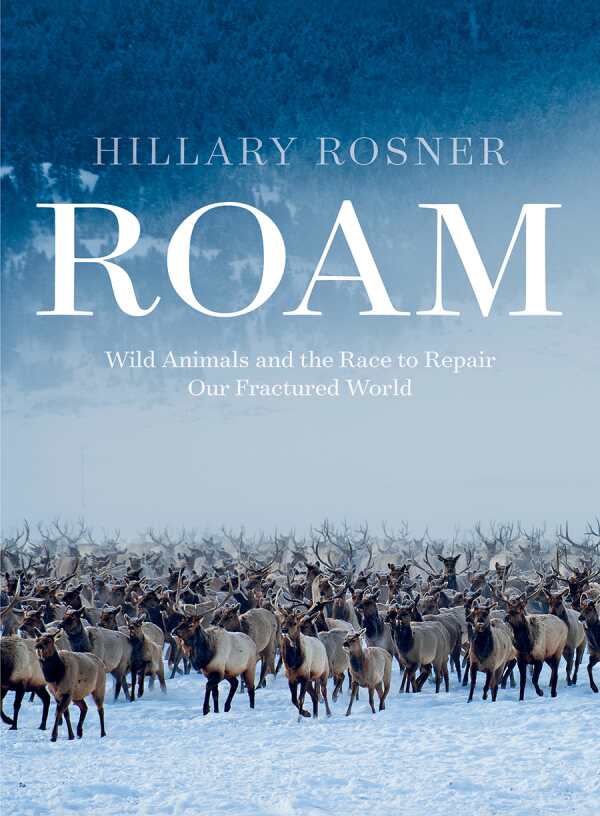Roam
Wild Animals and the Race to Repair Our Fractured World
Hillary Rosner’s fascinating, lively nature book Roam describes global conservation initiatives focused on connecting the planet’s ecosystems.
In this engaging and wide-ranging book, Rosner considers the movement of animals through human landscapes and the importance of projects that connect fragmented natural areas. While wilderness areas are vital to protecting biodiversity, she asserts, most are small, isolated, and inadequate to accommodate animals’ natural movements. Human developments, including cities, roads, and fences, further challenge animals’ instincts to migrate, follow food sources, and establish breeding territories. Fortunately, more conservationists are recognizing these issues and sponsoring remedial projects to address them, including bridges and tunnels across busy roads, ribbons of greenery through developed areas, and links between nature reserves.
Using powerful firsthand observations, Rosner profiles leaders of conservation initiatives including Andy Whitworth, who heads a Costa Rican nonprofit linking protected rainforests to assist roaming species like jaguars and peccaries. Biologist Ana Ibarra of Bat Conservation International plans corridors of agave and other food sources to support the migration of endangered bat species across Mexico, while Mpayon Loboitong’o leads a group of women monitoring elephant movements through Kenyan communities.
Dozens of full-color photographs illustrate the juxtaposition of humans and nature, as with a lone coyote wandering through Central Park, pronghorn antelope crossing a Wyoming highway, rare Marsican bears ambling in the Apennine mountains near Rome, and a bearded dragon caught in an Australian dog fence. The book also addresses the impacts of climate change: In the Everglades, burgeoning thickets of native Carolina willow, encroaching because of warming temperatures, act as barriers to connectivity.
Addressing environmental issues with a sense of urgency, Roam is a thought-provoking book that emphasizes the complexity of fragmented habitats and describes initiatives that promote the healthy coexistence of animal and human communities.
Reviewed by
Kristen Rabe
Disclosure: This article is not an endorsement, but a review. The publisher of this book provided free copies of the book to have their book reviewed by a professional reviewer. No fee was paid by the publisher for this review. Foreword Reviews only recommends books that we love. Foreword Magazine, Inc. is disclosing this in accordance with the Federal Trade Commission’s 16 CFR, Part 255.

